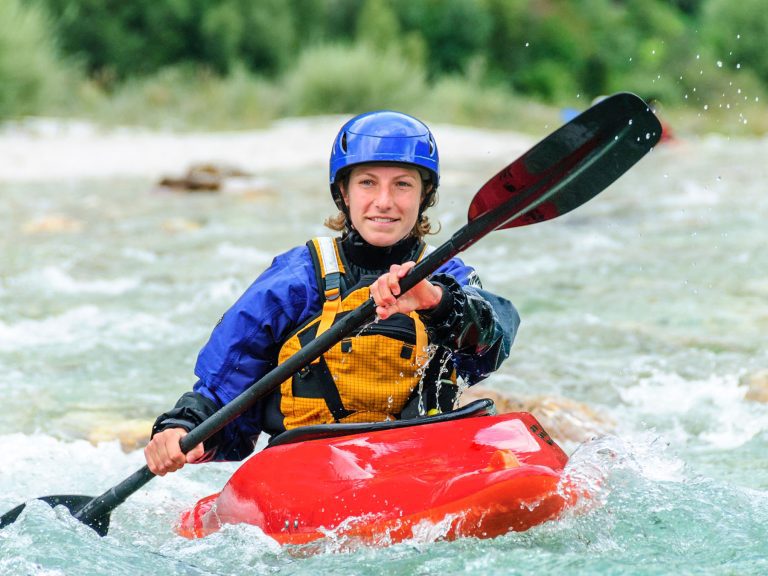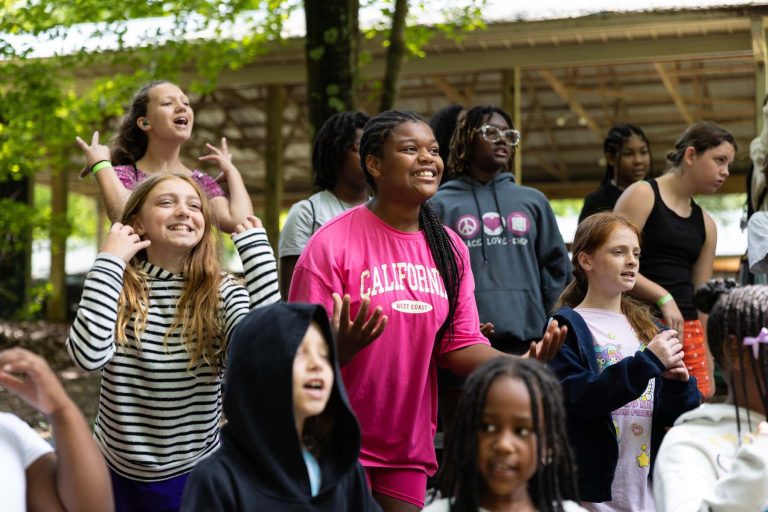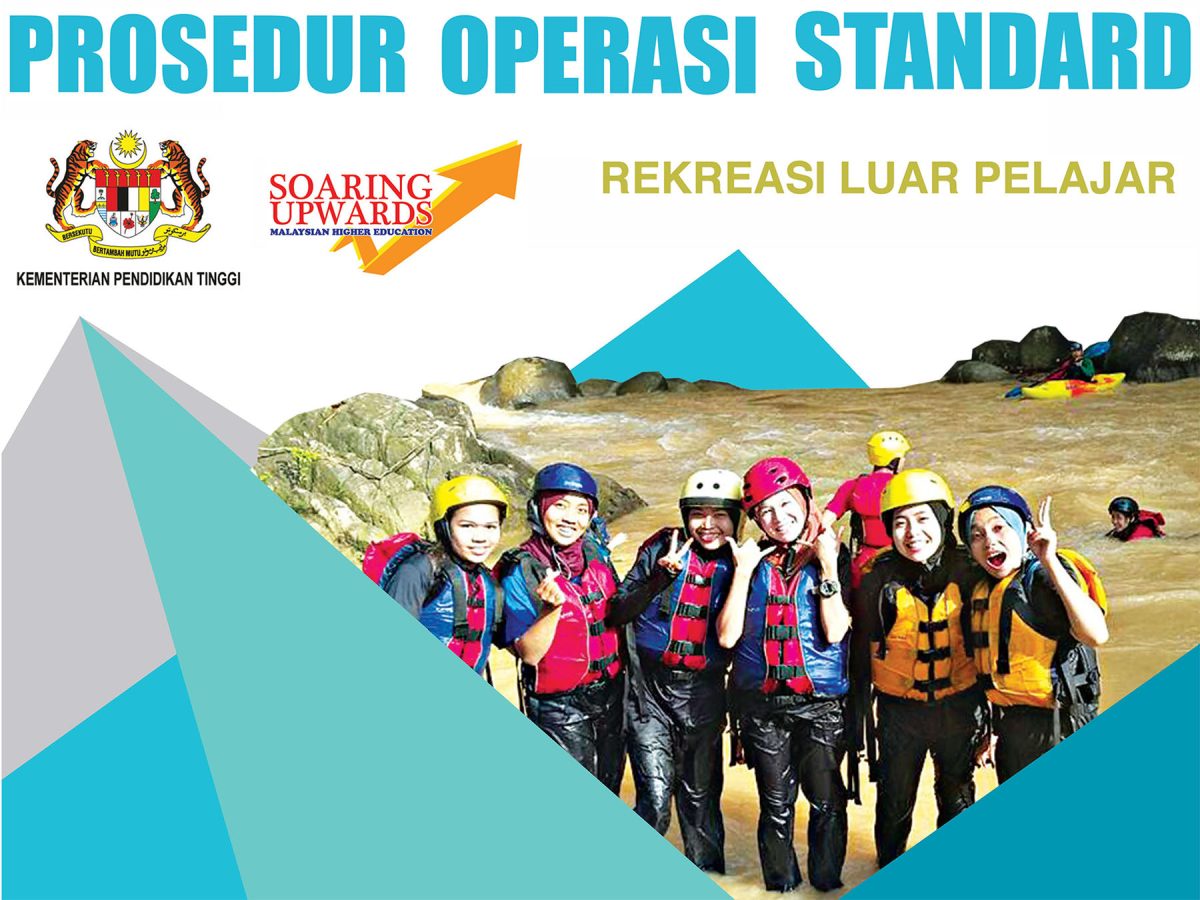
Malaysia has a Standard Operating Procedure (SOP) for Student Outdoor Recreation (Prosedur Operasi Standard Rekreasi Luar Pelajar Kementerian Pendidikan Tinggi). The 104-page document, published in Malay, was first printed by the Ministry of Higher Education in 2017.
The document, which might be known as a Code of Practice or Good Practice Guide in other geographies, describes safety procedures for planning, conducting and follow-up regarding a variety of outdoor adventures commonly conducted in Malaysia.
Adherence to the guidelines described in the SOP is required for universities with outdoor recreation programming.
Dato’ Seri Idris Jusoh, Malaysia’s Minister of Higher Education, said that the Malaysian Education Blueprint for Higher Education led to the Ministry being “fully focused on improving learning both inside and outside the classroom.” The Ministry seeks to implement “outdoor recreation programs based on learning through experiences in nature,” he said.
The SOP development process involved study of more than 30 different outdoor recreation SOPs from Malaysia and other countries. Outdoor recreation experts from Malaysian universities, the Polytechnic Department, the Community College Department and the Forestry Department, through their role in the Ministry of Higher Education’s Outdoor Recreation Advisory Council, were consulted.
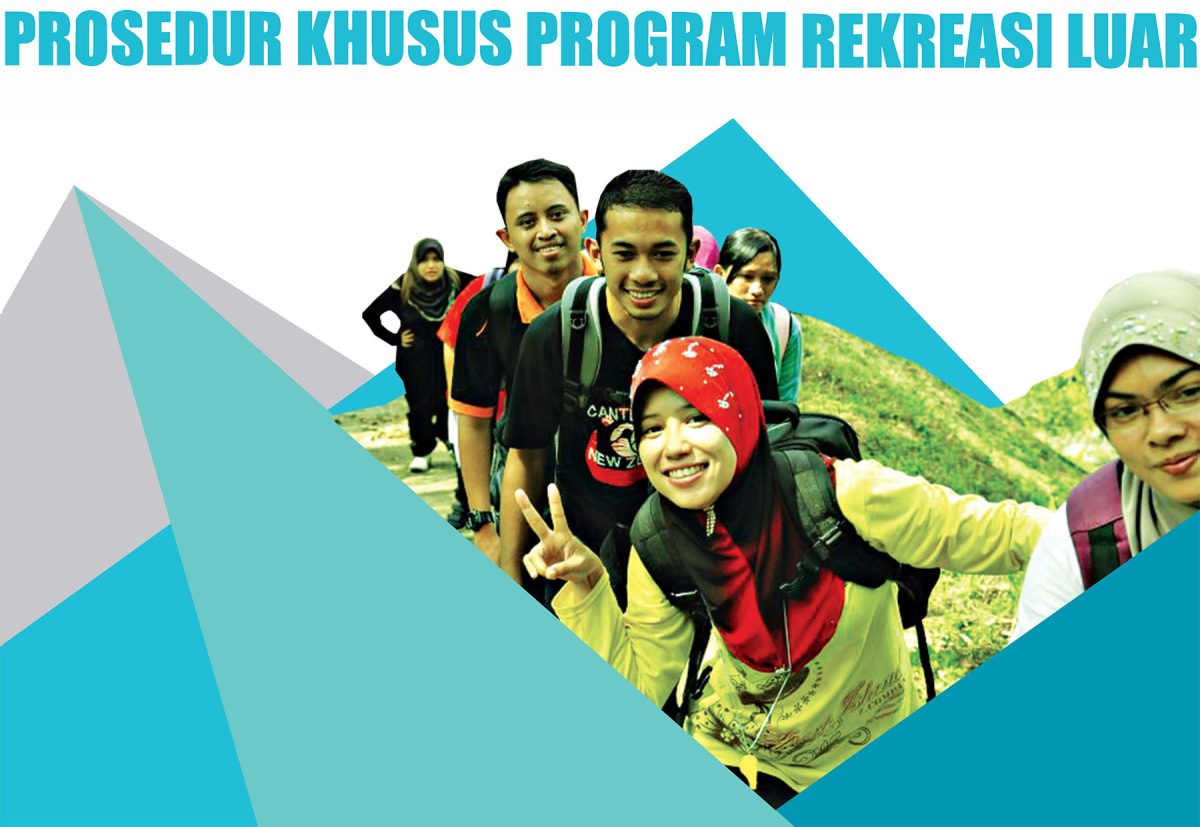
The Standard Operating Procedures
Detailed procedures are documented for activities including camping, water activities such as rafting and kayaking, abseiling (rappelling), orienteering, rock climbing (toprope and multi-pitch), and forest travel/jungle trekking.
The SOP describes the safety duties required of administrators, activity leaders, participants and others involved in outdoor recreation activities.
The document describes pre-program planning activities such as risk assessments, checking weather and tides, medical screening, gear checks and staffing.
The SOP also outlines safety procedures regarding activities, such as the requirement to provide a safety briefing before commencing activities, incident reporting, and daily debriefing. Post-program topics such as gear de-issue and reporting are also covered.
The SOP gives a detailed description and flow chart of a general emergency response procedure, including suggested emergency contacts such as law enforcement and village chief/headman.
The document also provides a variety of form templates, including:
- Risk Assessment & Management System (RAMS)
- Health Status Declaration Form (health history/medical form)
- Participant Waiver Form
- Near Miss Accident Report Form
- Accident Report Form
- Accident Report Form—more than one victim
- Injury Information Form (SOAP note)
- Program Evaluation Form
- Daily Program Report Form
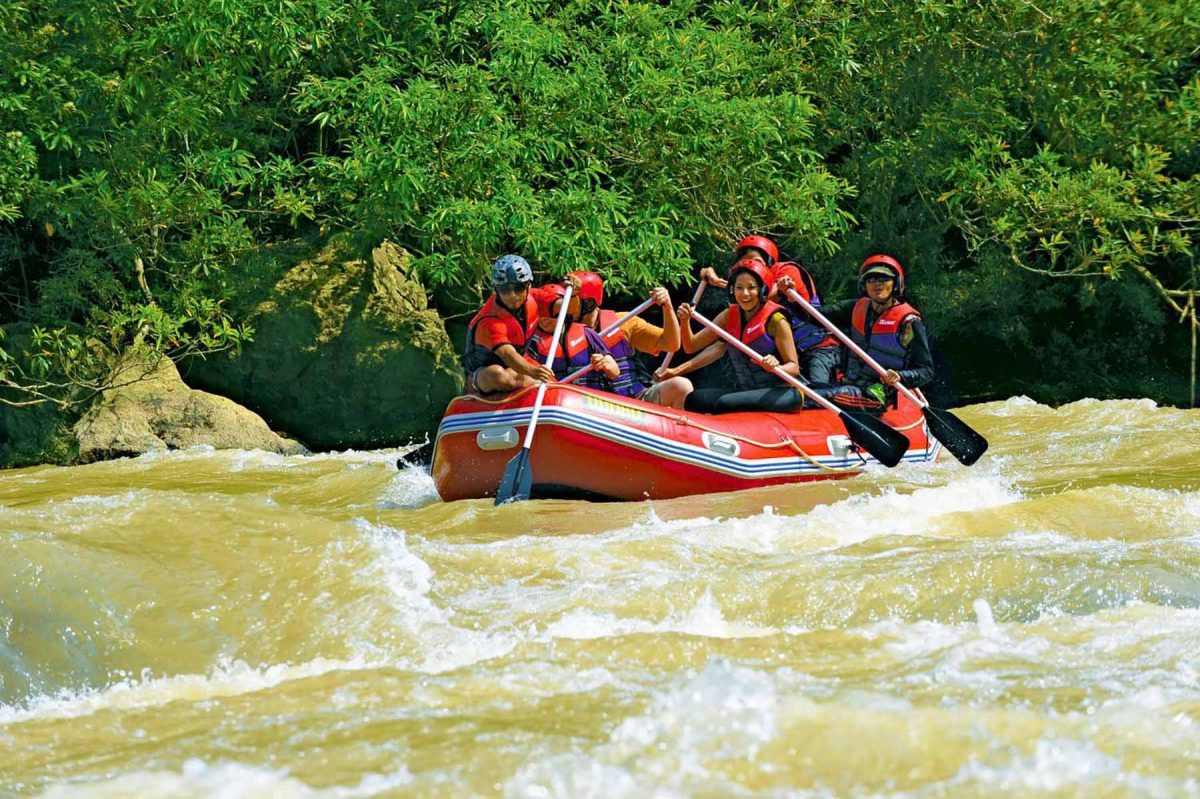
Analysis
The SOP (original Malay version here; machine-translated English version here) provides valuable guidance to operators of outdoor education and adventure activities in Malaysia, customized for the Malaysian context.
The standards provide detailed, step-by-step guidance for good risk management of a variety of outdoor activities, and provide thoughtful descriptions of both pre-trip planning and wrap-up activities to be taken after completion of the adventure program.
The SOP provides specific detail—such as describing that for water activities, participants must be equipped with a Type 3 or Type 5 PFD, and that rescue tools, including throw bag, whistle, carabiner and safety knife, are to be available.
The SOP provides recommended activity leader-to-participant ratios, including:
| High-risk abseiling | 1:10 |
| Orienteering | 1:10 |
| Top rope single pitch top belay | 1:6 |
| Multi pitch climbing | 1:3 |
| Jungle trekking, low-risk regular track routes | 1:15 |
| Jungle trekking, hilly and high-risk areas | 1:8 |
| Jungle trekking, dense and high-risk forest areas | 1:6 |
| Mobile camping | 1:10 |
| Base camping | 1:20 |
| High-risk water activities such as activities in rapid rivers/rough seas | 1:5 |
| Low-risk water activities such as in lakes/quiet coastal areas | 1:10 |
This is in contrast to some adventure safety guidance documents, which use broad terms like “suitable safety equipment” or “appropriate ratios” but do not provide activity-specific details.
As Malaysia does not have national adventure safety regulations, the Ministry of Higher Education’s SOP for outdoor recreation activities provides valuable guidance to help reduce risks of outdoor adventure experiences.
The SOP is similar to the Singapore Standard 710:2024, Code of practice for outdoor adventure education (OAE) activities, published in 2024 by Singapore’s national standards body, Enterprise Singapore.

Leaders in the Malaysian outdoor sector are working to have a version of the SOP published as a national standard by the Department of Standards Malaysia, which would be applicable to outdoor recreation activities across the country, both within and outside of the higher education sector.
Malaysia has an active and dynamic outdoor adventure sector, with activities including whitewater rafting, challenge course, sea kayaking, rock climbing and more.
In 2022, a landslide engulfed a campground in Batang Kali, Malaysia, some 50 km north of Kuala Lumpur, killing 31 persons. The incident brought increased attention to safety measure for outdoor recreation and camping in Malaysia.
Interest in enhancing safety standards across Malaysia’s adventure sector also increased after a triple drowning of government officials on a whitewater rafting trip in 2024 on the Sungai Jahang (Jahang River) in Malaysia’s Gopeng highlands region, famous for its adventure tourism offerings.
Viristar is grateful to Dr. Mazuki Mohd Yasim, Associate Professor, Faculty of Sport Science and Coaching, Sultan Idris Education University, Perak Malaysia, and member of the Malaysian Ministry of Higher Education’s Outdoor Recreation Advisory Council, for his generous support with preparation of this article.
